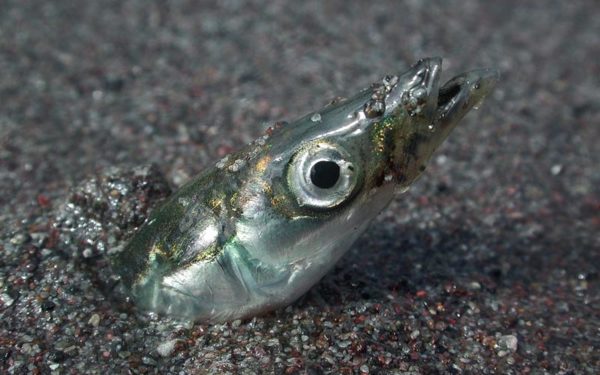Monitoring Rights Whales Can Help Protect Them, But Only a New Vessel Speed Rule Will Save Them
Tracking and monitoring North Atlantic right whales can help scientists protect them, but stronger policies are needed.
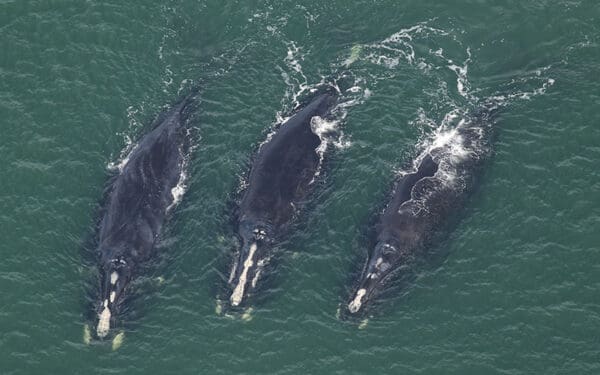
Tracking and monitoring North Atlantic right whales can help scientists protect them, but stronger policies are needed.

“A newborn calf spends most of the first few months of its life on the surface with its mother,” said Erica Fuller, senior attorney at Conservation Law Foundation. “Given that these whales are tough to see under the best of circumstances, slowing boats down is the only way to prevent collisions like those that have killed whales, injured people, and caused major vessel damage in the past.”
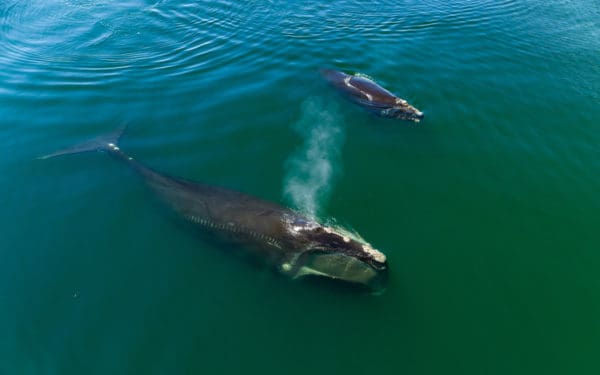
As the federal government takes action to restore and conserve our nation’s lands and waters, strengthening protections for National Marine Sanctuaries must be a priority.
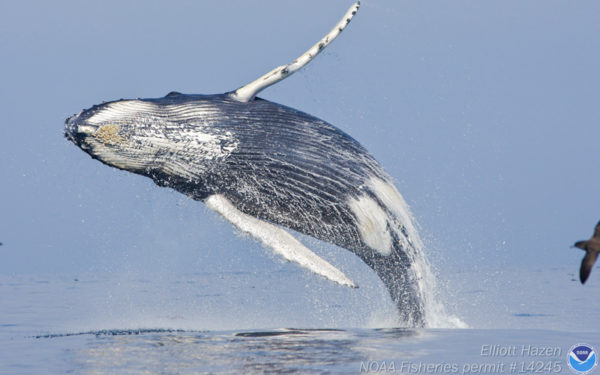
More than three generations of North Atlantic right whales have been lost to the threat of entanglement. The solutions to save these vulnerable species exist and it is up to us to ask our leader for better protections for these majestic animals.
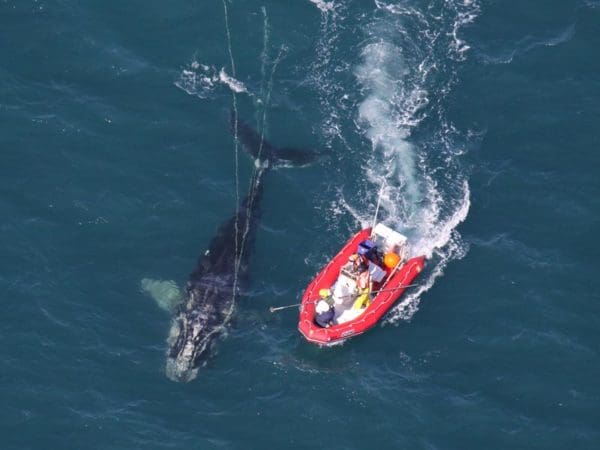
“Offshore wind is a crucial element of our nation’s strategy to address the climate crisis, but it must be done in a way that protects vital ocean wildlife and habitat,” said Dr. Priscilla Brooks, Director of Ocean Conservation at CLF. “With fewer than 350 critically endangered right whales remaining on earth, every loss is a tragedy. The vessel speed restrictions and adaptive management measures agreed to by South Fork Wind will go a long way toward protecting these whales from being injured or killed by project vessels.”
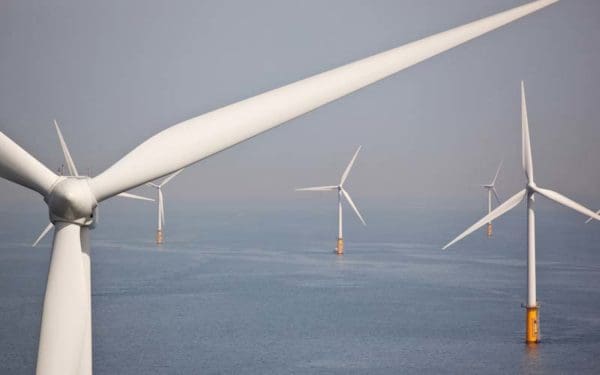
With fewer than 350 North Atlantic right whales left on the planet, an encounter with this species is a rare and extraordinary experience. Adilson Gonzalez shares his first sighting of these critically endangered animals.
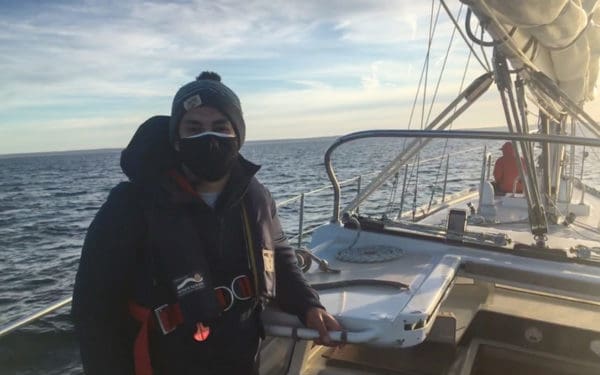
Learn how transitioning to ropeless fishing gear offers an alternative that could recover right whales and preserve the livelihood of New England’s iconic lobstermen and women.
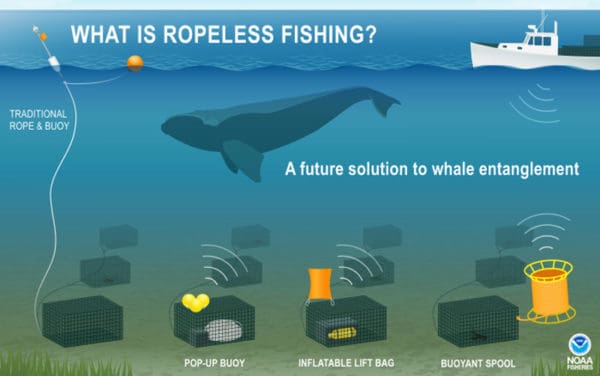
“At this juncture, the fact NMFS hasn’t already addressed deaths due to vessel collisions is beyond incomprehensible,” said Erica Fuller, a senior attorney at Conservation Law Foundation. “We hope this will force the agency to take emergency action rather than wait until next spring to start a new rule-making process. That kind of delay does little to protect the moms traveling up and down the coast now.”
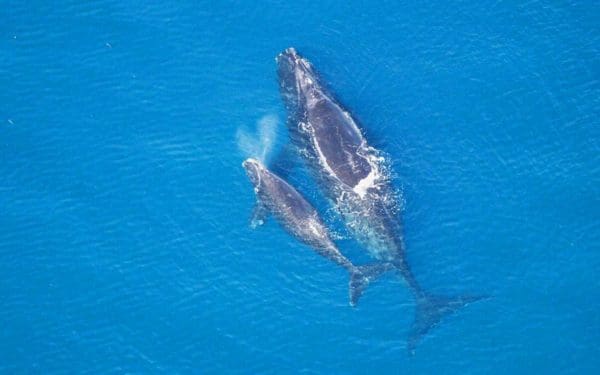
National Geographic photojournalist Brian Skerry gives us an inside look into his latest work to photograph North Atlantic Right Whales. Check out some of his latest photos.

Justin Suca, oceanography researcher at WHOI, highlights the crucial role of forage fish for larger species, coastal communities, and the entire ocean ecosystem.
